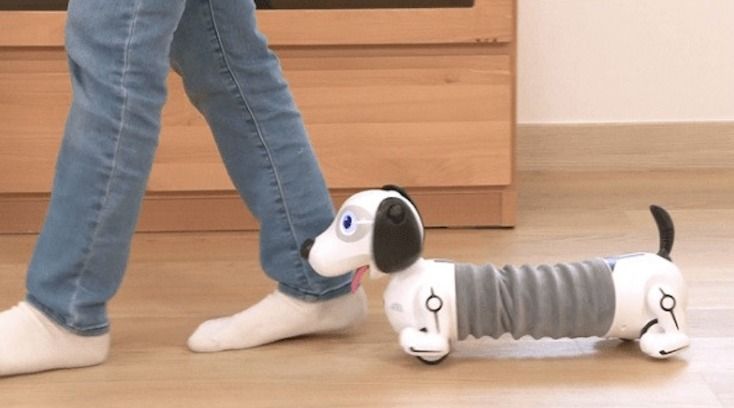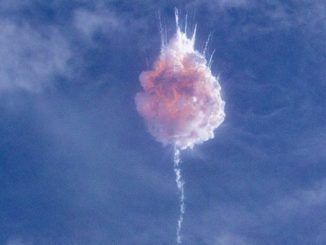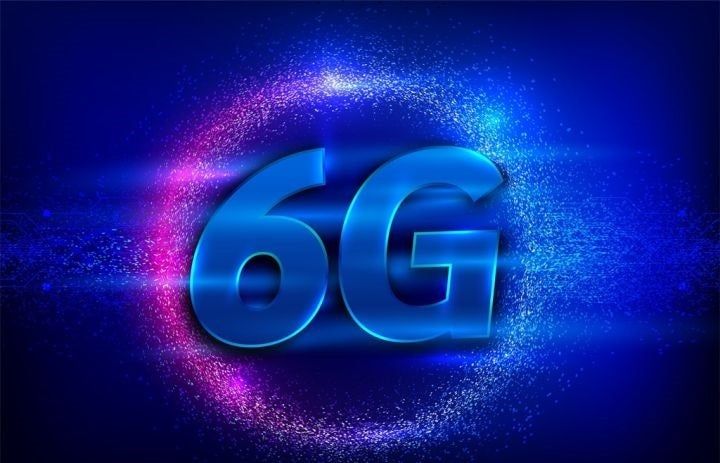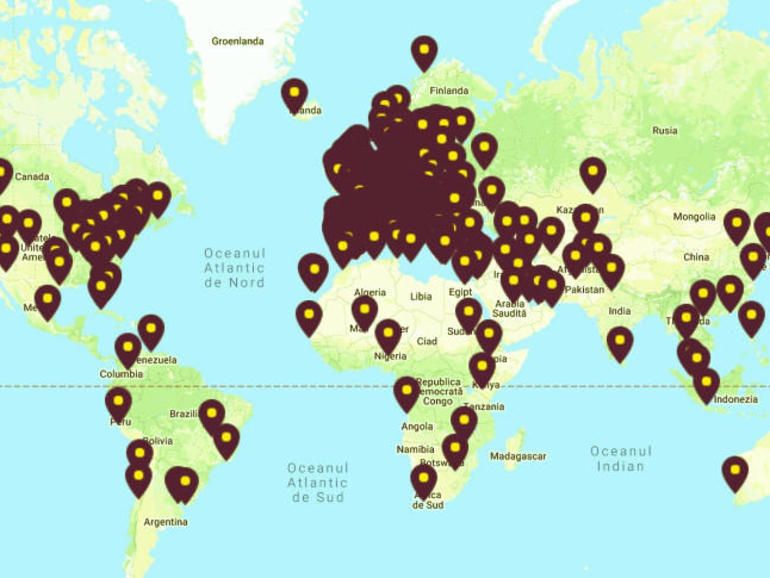
Japan is the only country in the world in which pets outnumber children. Kids and pets are closely linked in Japan: as the number of newborns shrinks, the number of cats and dogs is rising.
Not that you’d know it walking the streets of Tokyo. Despite the rising number of cats, it’s rare to see them out and about. Dogs are a more common sight (and often to be seen tucked up in prams, swaddled in coats and blankets like substitute babies).
The near invisibility of the city’s pets is probably down to their owners’ reluctance to let them out. Generally speaking, cats aren’t allowed out because their crap is considered antisocial. As for the city’s dogs, most of them are ‘toy’ breeds rather than working dogs, which is to say they’re bred to loll around the house not doing much but looking pretty. They don’t get walked much and many are what might be called involuntary hikikomori (hikikomori are people who refuse to leave their rooms for fear of interaction with others).


















